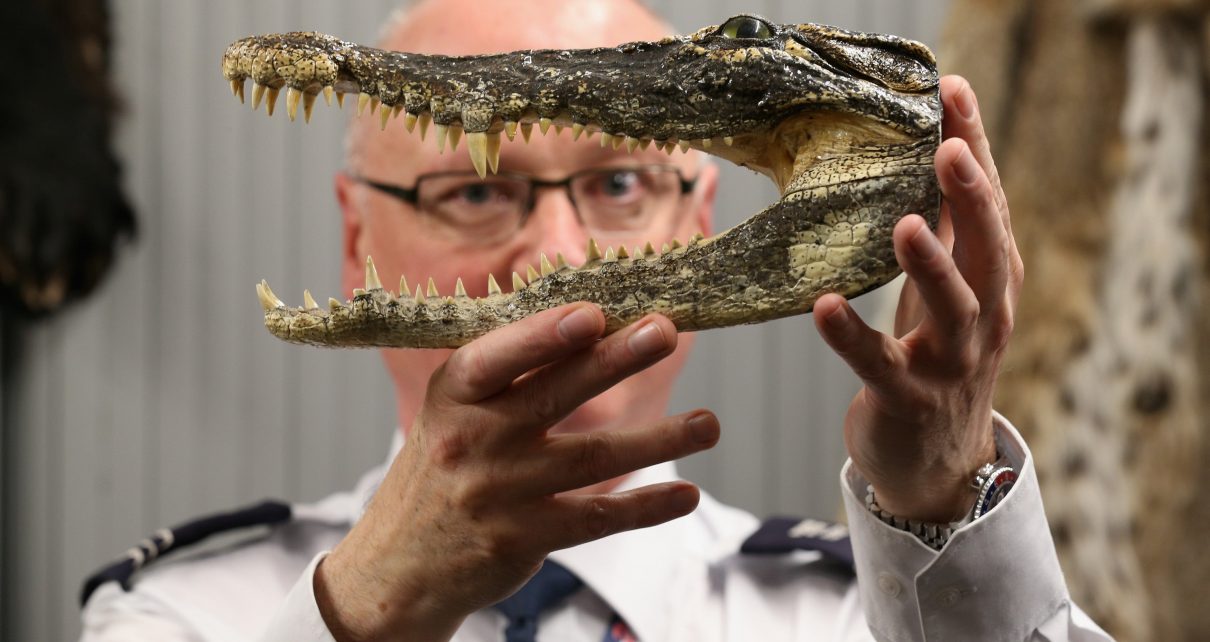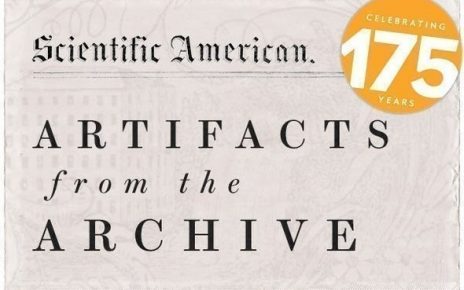Much is being written today on the role of wildlife trade in the COVID pandemic. It would be irresponsible for any government, or anyone really, not to ask how we can prevent the next such pandemic, and what we should do about the wildlife trade in that context. While many are suggesting responses that will only marginally reduce the risk, I believe it is within our ability—and is absolutely our responsibility—to make another such zoonotic pandemic extremely unlikely.
I have worked on wildlife trade (among other conservation issues) for more than 30 years. That includes efforts through the Convention on International Trade in Endangered Species of Wild Fauna and Flora (CITES), which regulates international trade in species that may become threatened, and prohibits international commercial trade in threatened and endangered species. Were it not for CITES and its implementation, I am convinced that many species would have been traded to extinction (including the tiger, African elephant, African grey parrot, and many more).
Some people are claiming that since the CITES treaty regulates international trade in some wildlife species, it should be amended to reduce the risk of future such pandemics. I think that would be a mistake; any virus is entirely agnostic to the legality of its host. The only way to truly prevent something is to eliminate the root cause. In this case, we must put an end to the commercial trade in wildlife for human consumption (with exceptions for for indigenous peoples and local communities that are dependent on wildlife consumption for their food security or cultural expression ).
The 45-year-old CITES convention regulates the international trade in species listed on its appendices. Currently, around 5,000 animal species are listed on CITES Appendix II, which allows for regulated international trade as long as it is legal and sustainable. Another approximately 670 animal species are on Appendix I, which prohibits all international trade for primarily commercial purposes (including elephants, rhinos, pangolins and much more).
So why not amend CITES to take into consideration the risk to human health of trade in certain species? Here are five reasons:
1. The CITES treaty deals only with the impact of wildlife trade on populations of the traded species in the wild.
It has no capacity to deal with the health or disease impacts of traded wildlife or any disease issues. CITES has no mandate to regulate or prohibit trade that may threaten the health of people, livestock, or other wildlife.
When CITES was drafted in the early 1970s, the world was far less globalized and interconnected. The treaty did not deal in any way with the impact of trade in animals and plants on wildlife, livestock or people when imported.
The CITES Secretariat has stated on the CITES website: “Matters regarding zoonotic diseases are outside of CITES’s mandate, and therefore the CITES Secretariat does not have the competence to make comments regarding the recent news on the possible links between human consumption of wild animals and COVID-19.”
2. The large majority of wildlife species traded commercially for human consumption are not covered by CITES at all.
CITES is about threatened or potentially threatened species that are at risk from international trade, and aims to ensure their conservation in the wild. But preventing another pandemic is not about whether species are threatened, endangered or common. Viruses don’t care if that animal’s species is threatened in the wild or not, or whether the animal was obtained legally or illegally; whether it came out of a forest or was bred on a farm.
If the current list of CITES species is the only focus, or this becomes only about illegal trade, then a future zoonotic outbreak leading to a pandemic is inevitable.
3. The treaty would have to be significantly amended in multiple places to include in its mandate safeguards against the risk of viral spillover or other health risks.
The treaty does allow for such amendment, but the process would likely take many years, even if the required one third of all CITES member governments agreed to convene a meeting to negotiate the amendment, and the required two thirds voted to adopt any amendments.
Further, amending the CITES Convention to include species that are not threatened themselves by trade would require amending the fundamental principles of the treaty itself, and it is not likely that CITES negotiators would agree to such changes.
There is also no health mandate (human or animal) anywhere in the negotiating history of CITES. The issue at hand is also too urgent; the last time the CITES treaty was amended, it took 30 years for the agreed amendment (which was relatively minor) to be ratified by a sufficient number of participating governments.
4. A broader ban on wildlife trade is needed. A process to amend the CITES treaty implies a goal of prohibiting or regulating the international trade in only some species based on the risk of their trade or consumption causing a viral spillover that could lead to an epidemic or pandemic, rather than prohibiting all such commercial trade.
This is a case of “innocent until proven guilty” versus “guilty until proven innocent.” There have been scientific efforts to predict emerging infectious diseases from wildlife; as we see today, they could not prevent the COVID-19 pandemic. A research approach looking at studying the issue further and identifying a few high-risk markets or species will not prevent another pandemic, and is therefore irresponsible. We can never be certain which species or market will cause the next pandemic; but we are certain that if all such markets close, we will be much closer to prevention.
It is far preferable to take a strong, precautionary, public health–based approach, by working to end all commercial trade in wildlife (particularly birds and mammals) for consumption, and to close all such commercial markets. Such a trade/market–based approach, rather than a species-by-species approach, has a far higher probability of achieving the goal of preventing another zoonotic pandemic.
5. The issue goes beyond wildlife protection. Dealing with the risk of another zoonotic pandemic linked to commercial wildlife trade for human consumption is both a health and a wildlife issue—and comes under the heading of “One Health.”
This is something that should not be under the umbrella of a purely wildlife trade and conservation convention, but rather should be considered in a more holistic and integrated fashion at the intergovernmental and national levels.
In conclusion, allowing commercial trade in wildlife for human consumption, and associated markets, has led to a massive international practice of removing animals from their natural habitats, putting them in boxes or cages, shipping them within countries or across the world, mixing them with other wild and domesticated species, selling them as food in markets or slaughtering them in the market along with other species, and hoping that all this doesn’t end up in a zoonotic disease outbreak.
Policy should not be based on hope, but science. A response must be proportionate to the threat, not limited to what is comfortable. We see now that if we want to prevent a future pandemic, then this commercial trade in wildlife (particularly birds and mammals) for human consumption (and markets) must end. Such a policy will have to be implemented differently by each country, in its own context. China has already taken bold steps to close its trade and markets. If the world fails to learn its lesson now, and does not take action to close these markets and this trade, future generations will judge us harshly for our inaction and indifference to their suffering.
Governments should consider working collaboratively through the United Nations and its organizations (World Health Organization, World Organization for Animal Health, Food and Agriculture Organization, etc.) to adopt a strong protocol and guidance on this issue (with the necessary caveats for indigenous peoples and local communities).
Amending CITES is not the way to go. After working on CITES with partner governments for three decades, including 11 years on CITES with the U.S. government, I can say it’s a fantastic treaty that has made a tremendous difference for many species. But it is the solution to a different problem.



